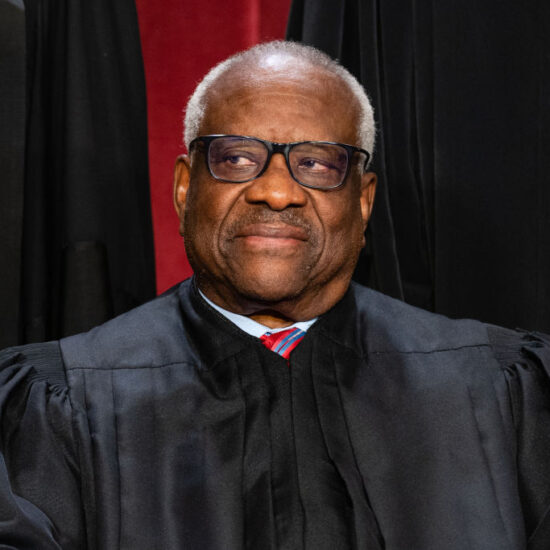
How do you create an interesting Mise en Scène to captivate the audiences’ attention? Mise en Scène is defined as the design and look of a scene. There are important elements which make up the overall appeal, including but not limited to – Colour, Costume, Character, Lighting, Props, Set and Location. How these elements are laid out on screen determine the overall theme and aesthetic of the film.
Usually, the opening sequence provides the early beginnings and foundations for what to expect. The opening scene is so important as it sets the tone, mood, and message from the outset. As it’s known in the Film Industry – the first ten pages of the screenplay, which equates to ten minutes on screen, is the most important.
The opening sequence of La La Land establishes the tone, mood, and message of the film, especially through its Mise en Scène. The director of La La Land, Damien Chazelle, uses the elements of Colour and Costume particularly well to convey a message behind the characters living their hopes and dreams.
This is achieved where a swift blend of romantic fantasy meets gritty reality all within the backdrop of living life in LA. Chazelle is also inspired by and pays homage to some of the great musicals of Classical Hollywood’s Golden-age, creating the effect of re-living the good old memories in modern times.
La La Land has many memorable scenes and Damien Chazelle utilises the techniques of montage sequences, primary colour schemes and long dance takes. In order to tell the story of a couple exploring their Hollywood dreams and desires, while as the title suggests in a fairy-tale world, where in the end dreams do not always turn out as expected.
Another Day of Sun : Opening Sequence
‘Another Day of Sun’ is a great opening number that serves to establish La La Land’s main themes of dreams, reality, and romance. The sequence opens on a typical congested LA freeway. The scene quickly moves from a static location of drivers waiting in their cars to people moving and dancing.
The costumes are blasted in primary colours – green, red, yellow, and blue to represent the fantastical world. These bright and bold colours highlight the drivers’ real emotions as all they wish to do is escape reality and express their feelings through movement and dance. The bright colours bring a stark contrast to the typical business attire and suits of people’s everyday workplaces.
Chazelle mixes this juxtaposed combination of colourful outfits with greyscale suits to play on the spectator’s own reality. Spectators across the world can relate to the humdrum nature of the workplace and the fast-paced stress of everyday life. The theme of escaping reality has the ability to share an air of familiarity across international audiences providing everyone with a sense of relatability.
‘Summer’ Montage Sequence
La La Land features intertextual references from the Musical Golden-Age of Classical Hollywood cinema. Chazelle captures the old Hollywood feel and pays homage to Classical Hollywood musicals including,
- The Umbrellas of Cherbourg (1964)
- Singin’ in the Rain (1952)
- Sweet Charity (1969)
- Broadway Melody of 1940 (1940)
- An American in Paris (1951)
- Swing Time (1936)
- Les Demoiselles de Rochefort (1967)
And many more…
Some of the great on-location settings involved in the scenes among Mia and Seb’s date night include the old and disused ‘Rialto Theatre’ in Los Angeles, where they watch a screening of Rebel Without a Cause (1955). The camera holds on ‘The Planetarium’ scene, featuring Jim Stark (James Dean) and his classmates on a trip to the infamous Griffiths Observatory.
This classic cinematic scene sparks inspiration for the two main characters to visit the Planetarium to continue their date. Mia and Sebastian twirl around the Observatory in similar nature to the dance sequences of Fred & Ginger. They are captured within a flurry of galaxies and stars as the characters are lifted into a dream-like sequence representing their hopes and dreams.
‘City of Stars’ Scene
La La Land Director, Damien Chazelle, stated his vision for the film was to ‘Create an old-fashioned musical but grounding it in reality where things don’t always work out.’
Mia and Sebastian are encircled within a green hue. This vibrant colour can draw multiple interpretations within this scene. It could signify a new development for Sebastian’s path and his dream to open his own Jazz club. It can also highlight Mia’s envy as she struggles to find her place in her own path while she witnesses Sebastian’s new coming success.
This scene is one of many throughout the film which drops subtle hints to whether Mia and Sebastian stay together in the future. The green hue signifies their contrasting ideologies. Mia does not believe Sebastian is following his true desire.
While Sebastian believes he is living his best life by following this path. The two characters who were once connected by similar dreams and desires are now shifting further apart from their romantic fairytale-esque relationship.
‘A Different Ending’ Scene
Damien Chazelle takes on a Postmodernist approach to the end sequence. Postmodernism in film is defined as moving against typical techniques, expectations, and narrative structure. La La Land subverts the expectations of a typical Hollywood happy ending by having multiple endings. The first end scene leaves Mia watching Sebastian playing the piano in his own jazz club and living his dream. Mia has started her own family and their romantic journey has reached its ultimatum.
The second ending gives a dream-like dance fantasy sequence where Mia and Sebastian live happily ever after in a typical ‘Hollywood’ happy ending. It reintroduces the primary colours in the costumes and the Hollywood setting in the set design. It also brings back ‘The Planetarium’ scene where Mia and Sebastian dance into the swirls of a starry night backdrop.

Other scenes in the Ending montage feature dream-like versions of scenes from their dates and ‘what could have been’ in the future if they had stayed together. The scene then returns to Mia watching Seb’s performance. Seb is the centre of attention and in the spotlight on a stage he once only dreamed would happen.
They both sacrificed their love story to achieve their individual dreams. As afterall, they came to Hollywood to discover their dreams, not to discover their romance. The preferred reading is intended to remind the audience that although life in a musical can have its fantastical elements, there is always a darker side to the consequences of dreams, when the story is grounded in reality.
Damien Chazelle offers a nostalgic vision of Los Angeles’ past and makes the story relevant today by grounding the narrative in modern-day reality. La La Land offers an experience of immersive escapism where Mia and Sebastian’s goals, dreams and pathways are easily relatable. The use of primary colours represents the feelings and emotions of their characters.
While the choice to film in real locations adds to the sense of nostalgia and escapism for an older Hollywood. The colour manipulation of the lighting foreshadows the future of the characters’ paths. Overall, the techniques used in La La Land range from montage sequences to using primary colours, intertextuality and paying homage to the musicals of Classical Hollywood.

Although living in the Hollywood dream is possible – is it possible to have it all? Or only in a fantasy world?















